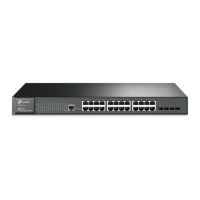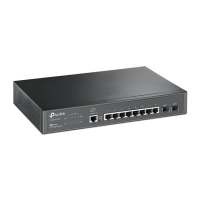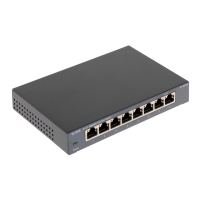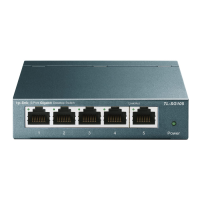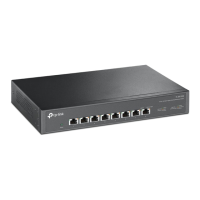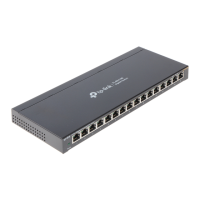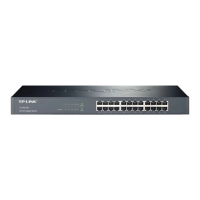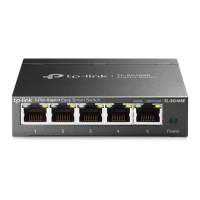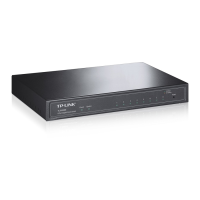129
The following entries are displayed on this screen:
Event Log Statistics
Port Select: Click the Select button to quick-select the corr
based on the port number you entered.
Local: Displays the number of link events that have occurred on the
local link.
Remote: Displays the number of link events that have occurred on the
remote link.
Error Symbol Event:
Displays the number of error symbol period link events that have
occurred on the local link or remote link.
Error Frame Event:
Displays the number of error frame link events that have
occurred on the local link or remote link.
Error Frame Period
Event:
Displays the number of error frame period link events that have
occurred on the local link or remote link.
Error Frame
Seconds Event:
Displays the number of error frame seconds link events that have
occurred on the local link or remote link.
Dying Gasp: Displays the number of Dying Gasp link events that have
occurred on the local link or remote link.
Critical Event:
Displays the number of Critical Event link events that have
occurred on the local link or remote link.
Event Log Table
Type: Displays the type of the link event.
Location: Displays the location where the link event occurred.
Timestamp: Displays the time reference when the link event occurred.
Value: Displays the number of errors in the period.
Window: Displays the period of the link event.
Threshold: Displays the number of errors that is required to be exceeded in
order for the event to be generated.
Accumulated
Errors:
Displays the number of errors that have been detected since the
OAM sublayer was reset.
8.6 DLDP
DLDP Overview
DLDP (Device Link Detection Protocol) is a Layer 2 protocol that enables devices connected
through fiber or twisted-pair Ethernet cables to monitor the physical configuration of the cables and
detect whether a unidirectional link exists. When a unidirectional link appears, the local device can
receive packets from the peer device through the link layer, but the peer device cannot receive
packets from the local device. Unidirectional links can cause a variety of problems, such as
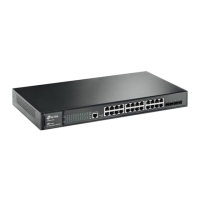
